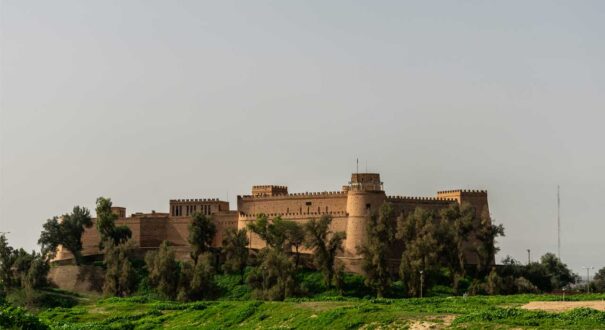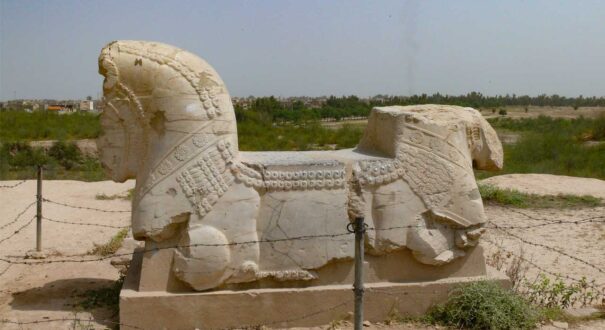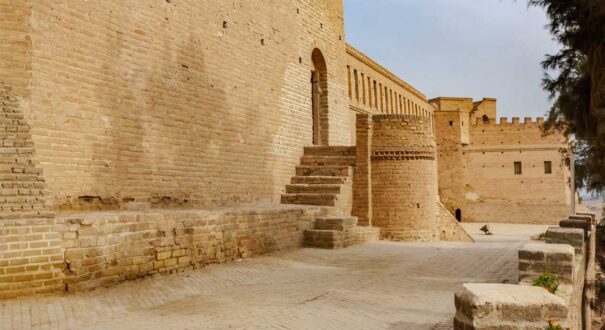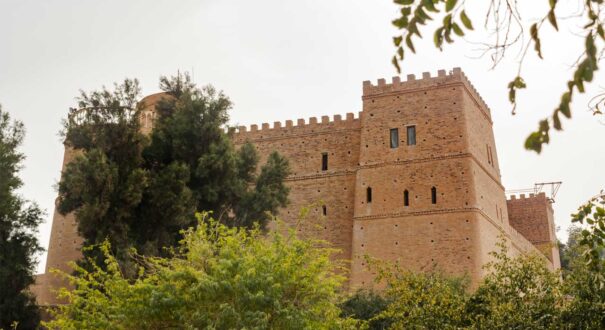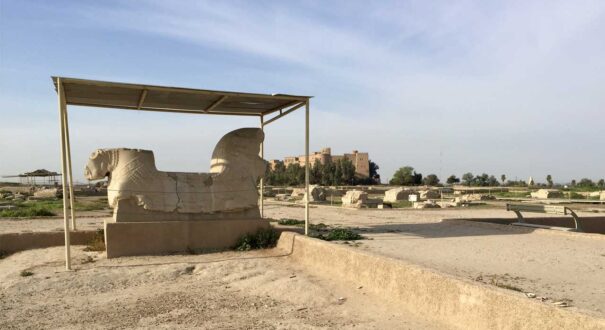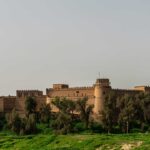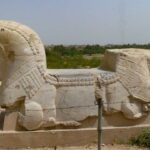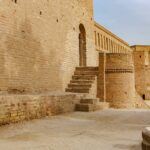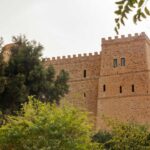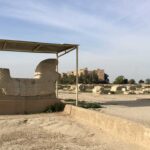
Susa
description
Susa, a UNESCO World Heritage Site
Susa Ancient City, One of the Oldest Human SettlementsSusa, located in the southwest of
Iran, is an ancient city of Iran. It is also known as the museum of Iran prehistorical eras. This city was listed in UNESCO World Heritage Site in 2015. Today, many travelers and tourists from all over the world choose this city as their destination.
This city is one of the oldest human settlements known in the world. Many relics from the first human inhabitations have been discovered in this area. It is noteworthy that archeological discoveries are still in progress in Susa. It seems that enough water, temperate weather, and fertile soil have resulted in the formation of the initiative settlements.
It is interesting to known that the first inhabitants of this ancient city were occupied in business. By the passage of time, they became so wealthy, which caused them to require law, safety and central government. As a result, one of the first kingdom dynasties was established in this city.
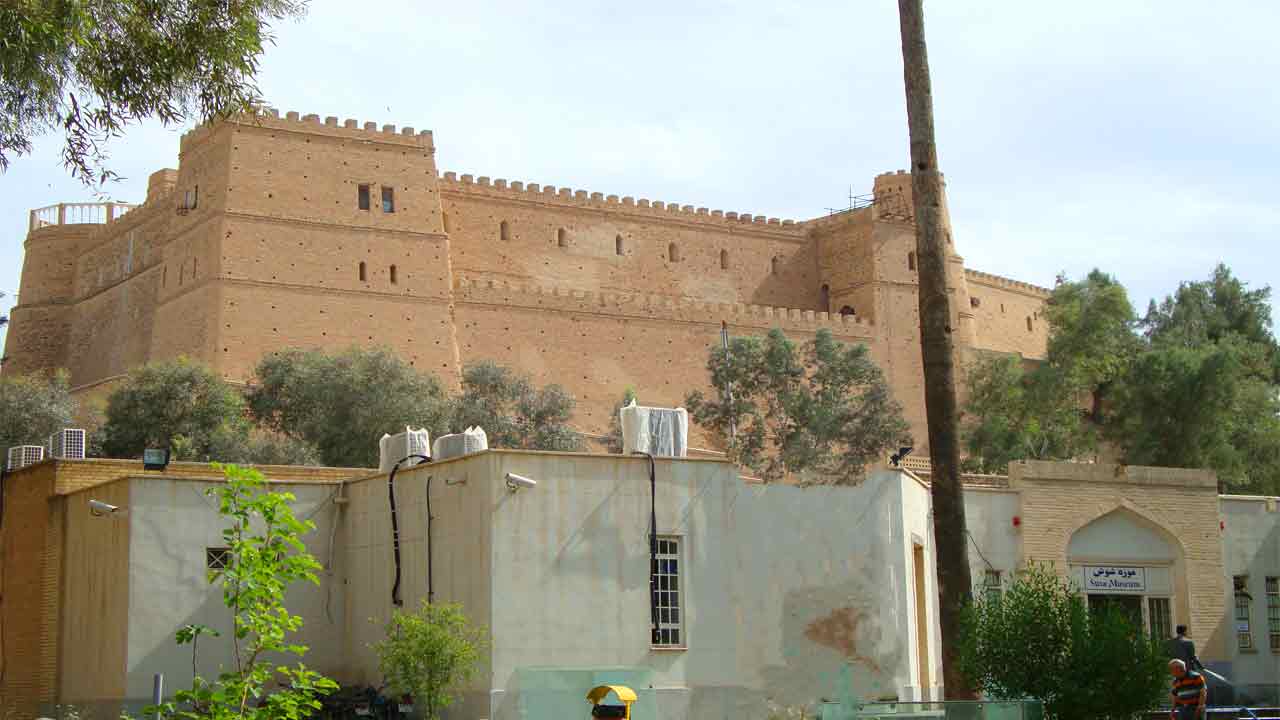
Susa Historical Transformations at a Glance
This archeological city is the converging point of two Elamite and Mesopotamia Civilizations. The history of settlements in this city is divided to four eras:
Susa1: Neolithic and Chalcolithic Eras
Some evidences prove that there were some channels used for moving water from river to agricultural fields in this era. An adobe rectangular castle, named Acropolis, is the most important building of the city. However, what has remained from this castle is a mud platform. It seems that some of the structures existing in Acropolis dates back to the Elamite era.
Susa2: The First Governmental Systems
In the second period, the first governmental systems were formed and small villages merged. It seems that most space of the city was dedicated to residential houses. So, you can’t find any trace of workshops. This era continued to the late Chalcolithic era and remained deserted until Bronze Age.
Susa 3: Proto-Elamite Era
After Susa was deserted in Chalcolithic and late Bronze ages, this Proto-Elamite city was established. It was a small city with the width of 10 hectares. Archeological discoveries reveal the influence of the Proto-Elamite in Iran central plateau. You can also find the relics belonging to the Proto-Elamite in Sialk Archeological Hills, Shahr-e Sukhteh (burned city) and Hesar Hill.
Elamite Era
The fourth era of human settlement is related to the Elamite era. In this era, the city, which highly resembled to Mesopotamia, was announced as the capital of the Elamite. This archeological city, which was 95 hectares wide, transformed to a big city in a short time.
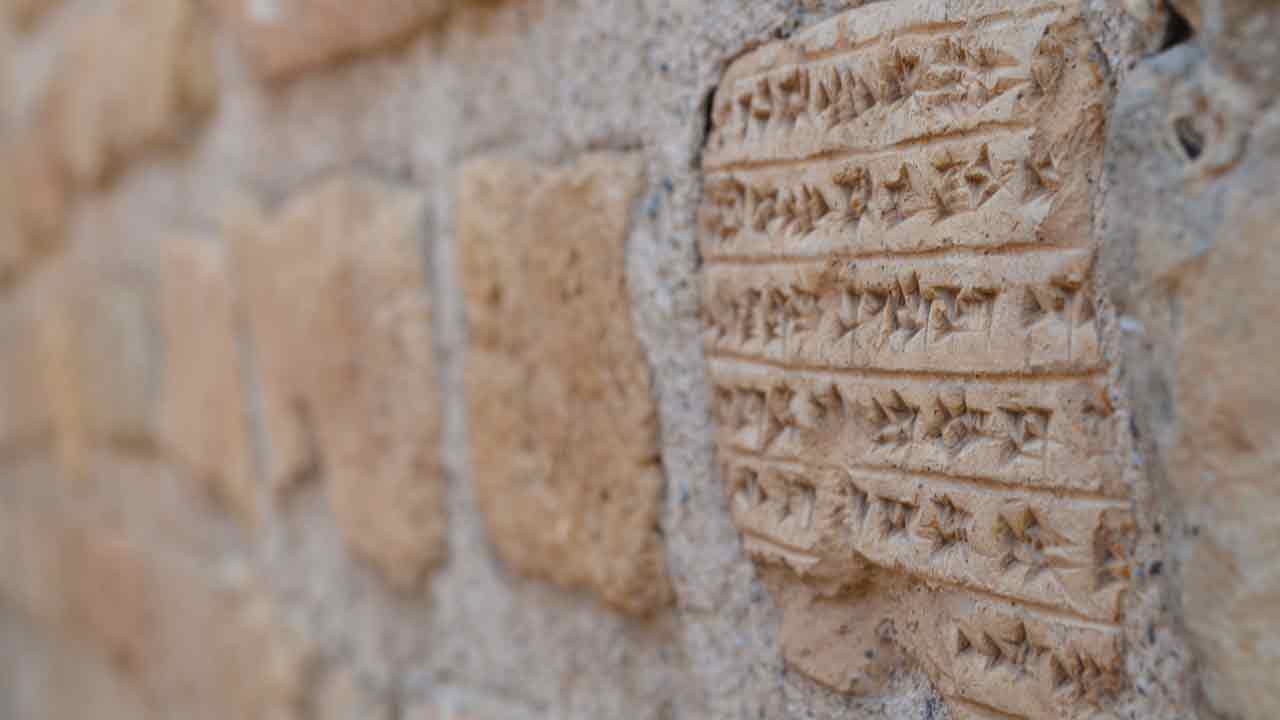
Susa Transformations After the Elamite Era
This ancient city underwent many transformations in a long time. In the Achaemenid era, this city was the political capital of Iran. With a 3000-year record of being the capital of Persia, from the Elamite to the end of Achaemenid era; Susa has had the longest history in this field.
In the Achaemenid era, this city was connected to the other countries via a great road, called Shahi Road. But, after the invasion of Alexander the Great, it lost its centrality. In the Sassanid era, it was an important center of producing and exporting silk.
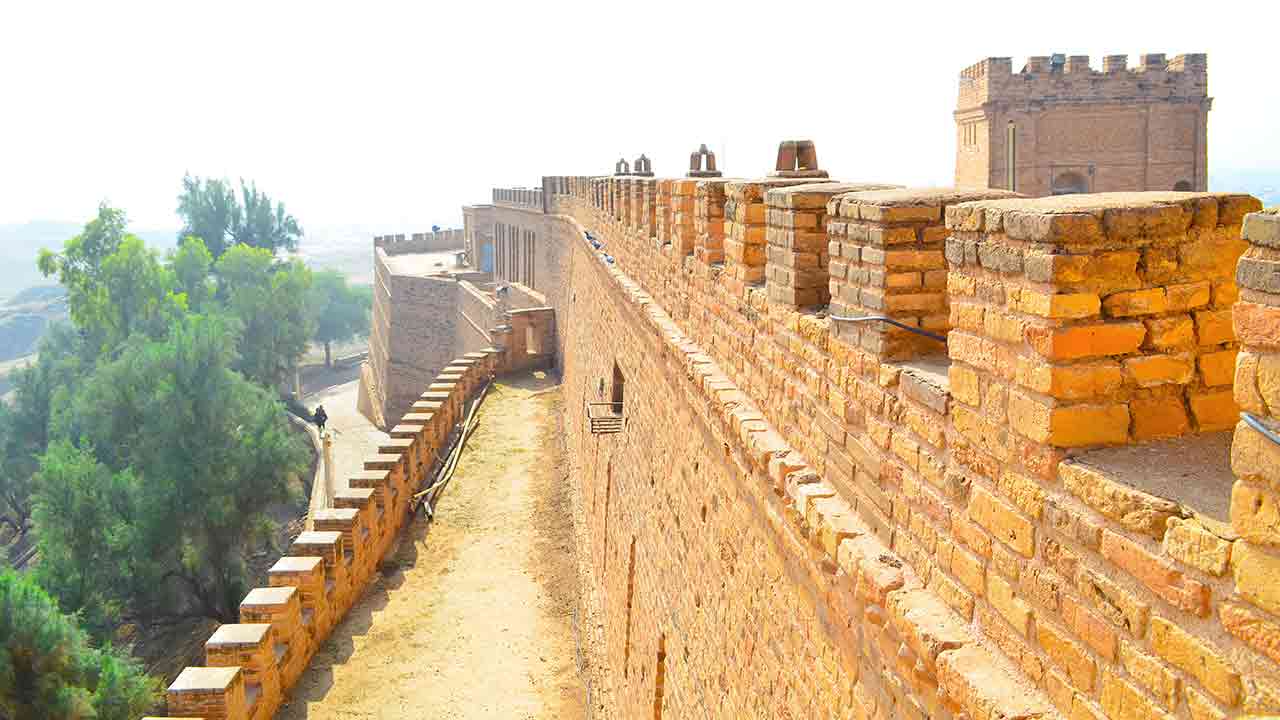
Susa Archeological Relics
This city is home to many structures and archeological objects that will be introduced in the following. It is mentionable that the Elamite had important achievements in the field of writing, architecture, glass and metal melting. That is why the first signs of business and urbanization emerged in this city.
Many magnificent archeological structures have been discovered in this city up to now. Among them we can mention Apadana Palace, Karkheh Iwan (porch), Shahi City, Pisheh Varan City and Tchogha Zanbil Ziggurat. Tchogha Zanbil Ziggurat is of the most famous and mysterious historical structure in Iran and the world. This construction, which is globally renowned, is listed in UNESCO World Heritage Site.
Some relics were excavated from this city by the French government in the 19th century. Today, some of them are exhibited in Louver Museum. According to the inscriptions discovered in this area, women, like men, had the right to sign and own property.
The Name of Susa in the Holy Book
Susa is so important that has been mentioned in old and holy transcripts as a magnificent city. According to Torah and Bible, influential people lived in this city. Above all, the name of Susa has been mentioned in Ishtar or Istar story in Torah. The first time that Benjamin of Tudela, the well-known Jewish traveler and businessman, travelled to this area; announced that Susa is the same as Shushan having been mentioned in Torah.
Travelling to the Ancient City of Susa, the Archeological Capital of Iran
Travelling to Iran, will make an unforgettable memory for those interested in history and culture. In fact, Iran is home to a precious treasury of culture and history. It is noteworthy that Iran is among 10 superior countries of the world in regards with archeology. Susa is one of the most important archeological sites that is globally renowned.
1001 Nights Tours has included this ancient city in classic and combined tours. To view these itineraries, click here. You can also click here to know more about the other archeological sites of Iran. To share your suggestions for special and thematic tours, feel free to contact us via email.


